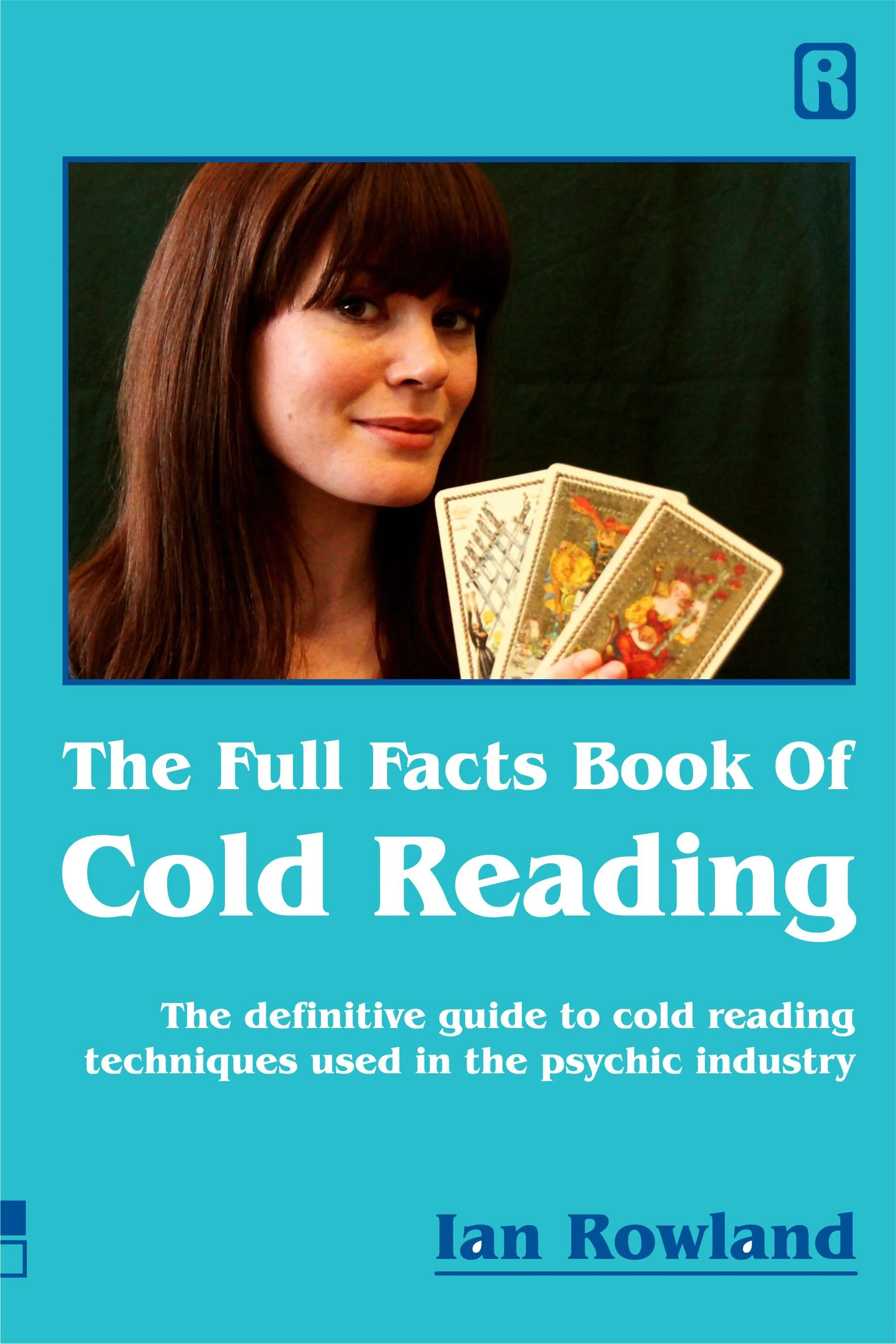Most Common Cold Reads: Mastering the Art of Psychological Insight
Most Common Cold Reads: Mastering the Art of Psychological Insight
Cold reading is a powerful communication technique used by mentalists, sales professionals, coaches, and public speakers to create instant rapport and gain insight into others without prior knowledge. By recognizing subtle cues, observing behavior, and applying general yet believable statements, cold readers can appear highly intuitive. In this blog post, we’ll explore the most common cold reads and how to apply them ethically and effectively.
What Are Cold Reads?
Before diving into the most common cold reads, let’s clarify the concept. Cold reading is the art of giving the impression you know specific facts about someone without having access to those facts. This technique relies on reading body language, vocal tone, facial expressions, clothing, and more.
Understanding the most common cold reads will help you improve communication, build trust, and influence others with authenticity.
Why Learn the Most Common Cold Reads?
The most common cold reads are practical tools in a variety of settings:
Sales and negotiation
Coaching and therapy
Public speaking and performance
Leadership and HR
Everyday conversations
Mastering the most common cold reads enhances your emotional intelligence and makes you a more perceptive communicator.
1. The Barnum Statement
This is one of the most common cold reads and involves using general statements that seem highly personal. For example: "You sometimes feel confident, but at other times you doubt yourself." These types of statements apply to most people, but they sound specific and insightful.
Use Barnum statements carefully they’re excellent ice-breakers and can help establish quick rapport.
2. The Rainbow Ruse
Another of the most common cold reads, the rainbow ruse combines a personality trait with its opposite. Example: "You can be outgoing, but you also enjoy your alone time." This duality makes it easy for people to agree because it reflects human complexity.
Rainbow ruses are useful in client meetings and presentations where relatability is key.
3. The Jacques Statement
Named after the character from Shakespeare’s "As You Like It," the Jacques statement is a cold reading technique that involves age-based generalizations. For example: "In your early twenties, you were still figuring things out, but now you have more clarity."
This is one of the most common cold reads used by mentalists and coaches when trying to establish trust and common ground.
4. The Fuzzy Fact
Among the most common cold reads, fuzzy facts refer to vague, yet believable statements. For instance: "You’ve been thinking about making a change, but you’re unsure of the timing." The key is to leave room for interpretation while sounding confident.
Fuzzy facts are particularly effective in coaching and sales scenarios where the goal is to spark introspection or agreement.
5. The Out Clause
A staple among the most common cold reads, an out clause offers a built-in escape route if the statement isn’t entirely accurate. Example: "I feel like there's someone from your past who still occupies your thoughts though it might be more subconscious than you realize."
This technique helps maintain credibility and keeps the conversation flowing.
Ethical Use of the Most Common Cold Reads
While the most common cold reads can be incredibly effective, ethical application is critical. Use them to build trust, improve communication, and foster understanding not to manipulate or deceive.
Many professionals, including Ian Rowland, teach cold reading as a practical, ethical tool that enhances connection and insight without claiming psychic ability.
Where to Learn the Most Common Cold Reads
If you're serious about mastering cold reading, consider workshops or training sessions that explore the most common cold reads in detail. Ian Rowland’s corporate workshops in London and virtual coaching sessions offer practical experience with real-time feedback.
These workshops go beyond theory to help you apply the most common cold reads in leadership, negotiation, and interpersonal situations.
Learning the most common cold reads is not about tricking people it’s about becoming more observant, empathetic, and insightful. These techniques help you build stronger relationships, influence ethically, and communicate with greater impact.
Whether you're a business leader, performer, coach, or just someone who wants to understand others better, mastering the most common cold reads will give you a real edge.




